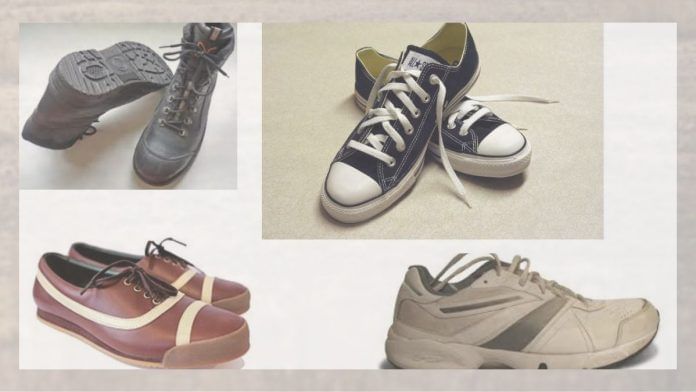New Delhi: India’s footwear industry has seen a declining market share, as countries like Vietnam and China surge ahead. To boost the industry, NITI Aayog’s quarterly trade watch report has called for tariff reforms and non-leather footwear production, among other recommendations.
A 10 percent tariff on India’s imports of raw materials required for footwear production has led to it falling behind other footwear markets, such as Vietnam, which charges almost no tariffs and therefore has a cost advantage over India. Moreover, traditional products dominate India’s leather and footwear market, while the global market’s demand has shifted towards non-leather segments, with China and Vietnam dominating in such production.
On Monday, NITI Aayog reported that India’s share of the USD 281.76 billion global leather and footwear exports market was 1.85 percent in 2024, at par with its two percent share in 2004.
The NITI Aayog report stated, “Global footwear demand between 2020 and 2024 has been driven by non-leather products, which now account for 61 percent of exports, while leather footwear is losing ground worldwide. In contrast, India’s export growth has been stronger in leather footwear (~eight percent) than in non-leather (~five percent), leaving its global share largely stagnant.”
To expand market share in leather and footwear product categories, the NITI Aayog report recommended boosting India’s non-leather exports by incentivising medium to small-scale industries involved in footwear production to meet the domestic input in footwear imports.
It also suggested focusing on building R&D hubs, collaborating with institutions for skill development, and undertaking marketing initiatives to increase India’s global market share.
Citing Tamil Nadu, which accounts for 47 percent of leather exports, the NITI Aayog report recommended creating sector-wise cluster areas, allowing micro, small, and medium enterprises (MSMEs) to reduce their raw material sourcing costs, thereby enabling them to focus on infrastructure modernisation.
“Tamil Nadu, with hubs like Chennai, Ambur, Ranipet, and Vellore, has become India’s leading exporter of footwear and leather products by leveraging clustering strategies and supportive policies. Replicating such targeted approaches in other key centres, such as Uttar Pradesh, Maharashtra, and Haryana, could diversify India’s export base,” the report stated.
Non-leather products
According to the NITI Aayog report, four product categories in the leather and footwear market dominated global demand in 2024, accounting for 85.5 percent of the value of exports.
The first of them is leather trunks, suitcases, vanity cases, and briefcases; the second category is footwear having outer soles and uppers of rubber or plastics; the third is footwear having outer soles of rubber, plastics, and leather, and uppers of leather; and the remaining category is footwear with outer soles of rubber, plastics, and leather, and uppers of textile material.
India’s exports to the world in these four categories were worth USD 3.79 billion, accounting for a mere 1.2 percent share of the global market value.
According to the report, India is competitive in the processed leather exports market, as well as in leather apparel. Of the total value of global processed leather exports in 2024, the country’s share was 10 percent. Of the total value of global leather apparel exports in 2024, its share was 9.9 percent. However, the global market demand in these categories is merely USD 8.57 billion in value.
“Globally, China dominates the mass footwear and travel goods market, Vietnam excels in textile- and leather-based footwear, and Italy leads in premium processed leather and apparel,” the NITI Aayog report stated.
(Edited by Madhurita Goswami)
Also Read: US issues notification outlining 50% tariff on India, effective 27 August






